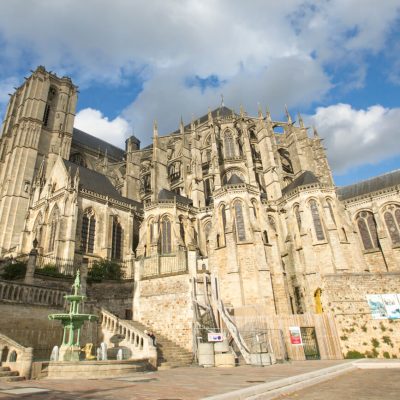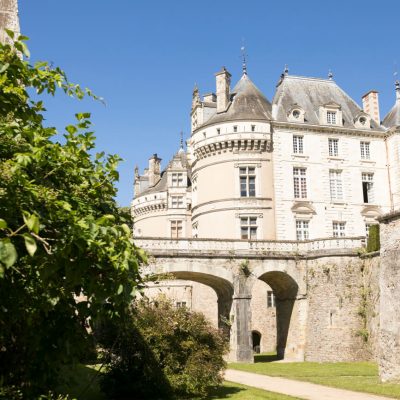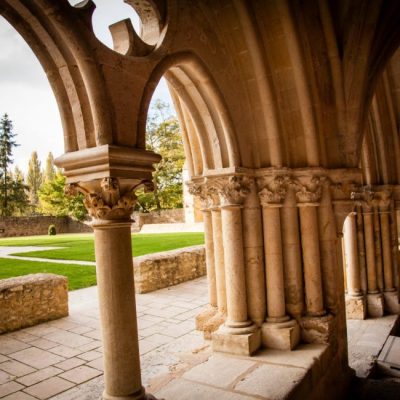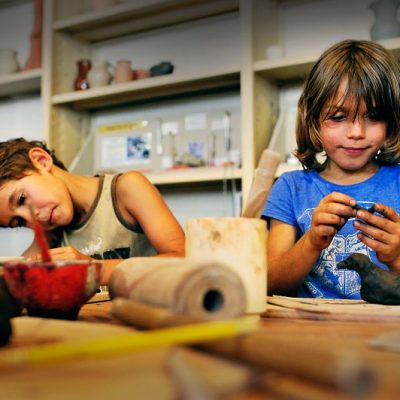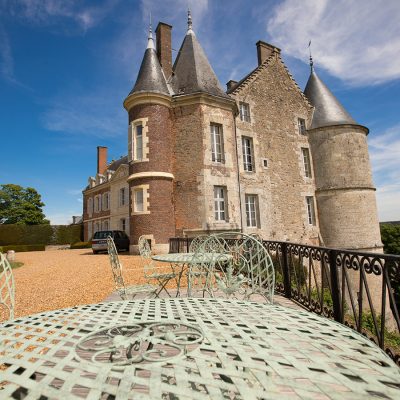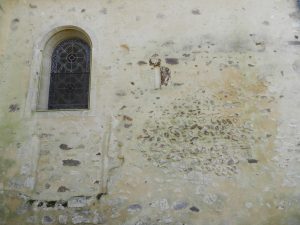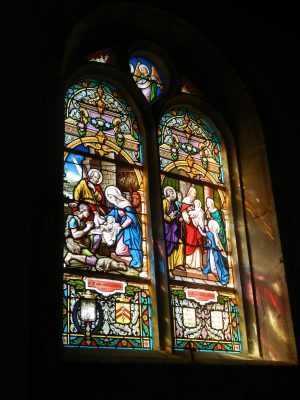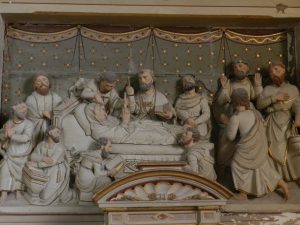The building dates back to the 11th or 13th century. Like many churches, Rouperroux le Coquet has undergone many changes over the years. It is placed under the protection of Saint Mamert, reputed to cure intestinal diseases. A pilgrimage route used to link Courcival and Rouperroux le Coquet every year.
The bays in the nave and the pattern of the walls are typical of Romanesque architecture. At the time, the church consisted of a single nave, which was later extended by a side aisle, probably to accommodate a larger congregation.
Next to the entrance, a wooden door leads to the former presbytery. The number "M", probably for Mamert, and a cross with floral motifs can be seen above the entrance door. During restoration work in 2001, a niche was discovered. It houses the statue of St Mamert.
Inside, there is a large collection of furniture and statues (St Antoine, St Joseph, Virgin and Child, etc.). In the mid-19th century, the murals and stained glass windows were renewed. Many of them were the work of Fialeix, a famous 19th-century master glassmaker from Sarthe. The capitals of the nave are adorned with decorative motifs characteristic of the Renaissance. The vault is panelled.
Along the D301, this church is well worth a visit!

